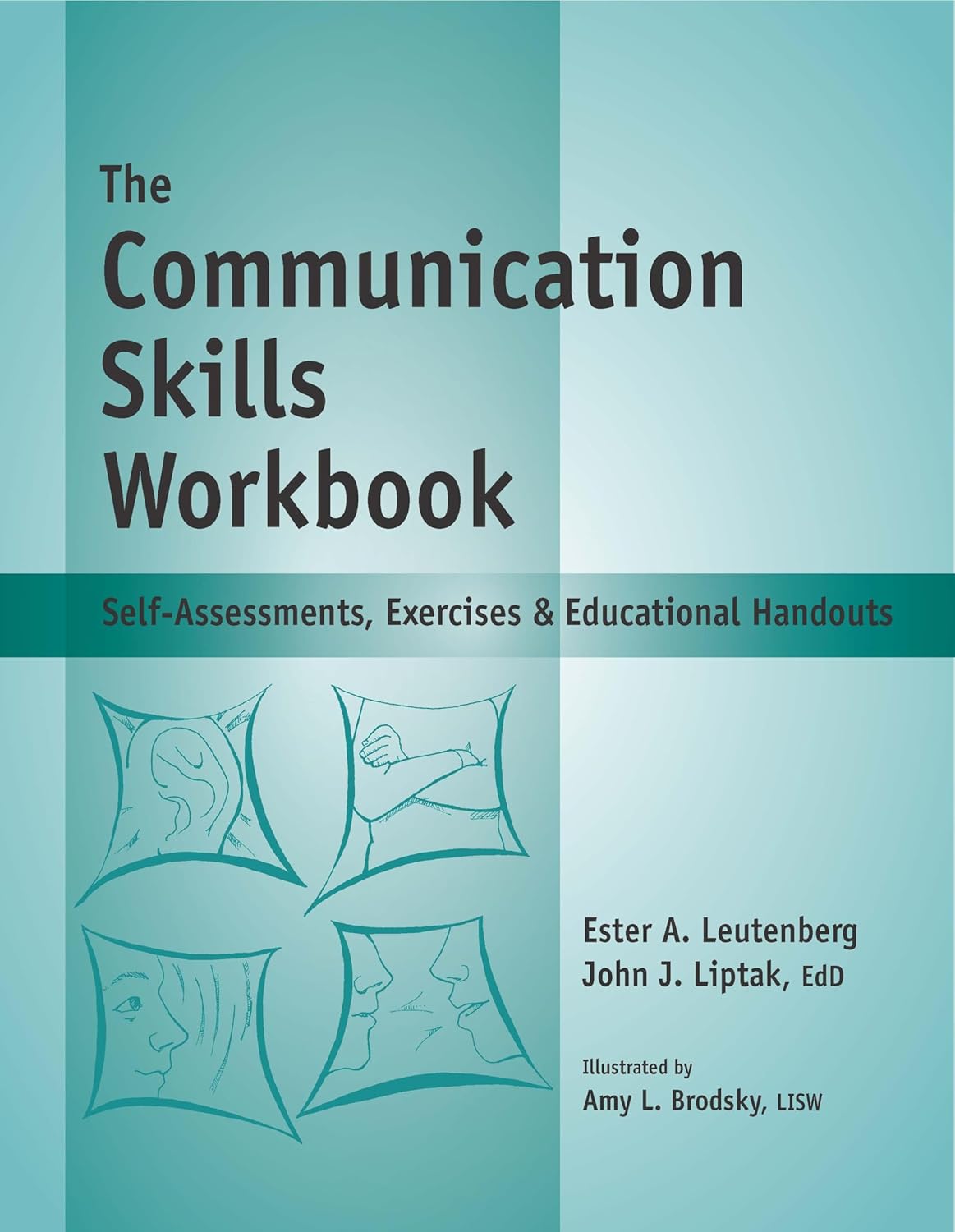Persuasion is a crucial trait when it comes to succeeding in life. Whether it’s about persuading your boss, negotiating a deal, or influencing a friend, the ability to influence can give you a significant edge.
Have you ever encountered a situation where a little persuasion to adopt a healthy lifestyle changed someone’s life for good? Or where a little encouragement to a co-worker helped him shine through his skills and talents?
Persuasion is very different from manipulation. If you believe in something and know that it can add value to someone’s life, leading the charge and expressing yourself authentically and confidently is what we call the art of persuasion. All it demands is a genuine intention to help, a clear message, and an understanding of the other person’s needs.
What does it mean to be persuasive?
Being persuasive means being able to influence people’s beliefs, opinions, and attitudes. It’s about establishing a genuine connection with others and effectively communicating your ideas.
You might have encountered people who are stubborn about their viewpoints and end up pressuring others into agreeing with what they believe is right. This approach is far from persuasive. At its core, persuasion requires clear, confident communication and involves two-way conversations.
Key Tactics to Elevate Your Power of Persuasion
#1: Understand Your Audience
Before you attempt to persuade the crowd or the audience you are addressing, it is important to know—their interests, inclinations, mindset, preferences, and desires. When you are well-prepared in advance, you are more likely to convince or persuade them in the direction you want. If you think persuasion works well before understanding the ground, you are shooting an arrow in the dark, which will likely be a miss. So, whenever you approach a person, a group, or a larger audience and want to convince them of something, do the mental processing of how your message aligns with their values and goals.
#2: Engage in Active Listening
When leading a crowd, a large audience, or even a group of people, remember the simple rule that communication is a two-way street. To have them agree with your point or opinion, it is important that you give them a fair chance to express themselves and ensure that you are actively listening and acknowledging their perspectives. If you think there’s a shortcut where you can win the game without being an active listener, you are mistaken.
#3: Be Concise and Precise
Whenever you present your idea, suggestion, or opinion, you must remain concise. If you beat around the bush and still expect your audience to stay interested and engaged, you are losing on your persuasion ground. Always do the internal processing to make your content understandable and easy to digest. Cutting the long story short, get to the point real fast. If you think going around in circles or exaggerating your talks will serve your motive, you are setting yourself up for disappointment.
#4: Connect with your Audience
Have you ever noticed how effective speakers often start their session by cracking a joke or sharing an emotional episode of their life? They do it on purpose. The aim is to connect with the audience so they feel more engaged and open to the speaker’s message. Humor often dissolves the barriers and makes the audience more receptive to your content. Establishing an emotional bond with the person, group, or audience does the same and creates a sense of trust and relatability.
#5: Persuasion doesn’t equal to Manipulation
When you try to persuade people, understand that persuasion doesn’t mean you have to manipulate them. Keeping genuine and sincere intentions is a prerequisite when you want to persuade or move people’s thoughts and opinions. If you think people aren’t conscious enough to sense insincerity or manipulation, you are mistaken. It’s natural for people to pick up on energy and respond accordingly. Not everyone relies solely on the words exchanged in conversation; often, it’s the vibes that truly matter.
#6: Maintain a Sweet Smile
When you want to exercise your persuasive skills, do not forget to combine them with a smile on your face. For you to come across as persuasive, paying full attention to your body language is extremely important, whether it’s maintaining good postures or keeping a soft smile on your face. Understand that a smile has a contagious effect, and the speakers who want to move or persuade a larger audience must carry a gentle smile on their faces.
#7: Address People by their Name
Someone who is serious about upgrading their persuasive skills would know that addressing people by their name has a profound effect on establishing the connection. Address the person by their name, and you will noticeably see how their attention sharpens and their engagement increases. And why not? When you call someone by their name, it’s very natural for them to feel acknowledged and valued; hence, their response improves.
#8: Brush up your Communication Skills
Among the most essential traits that you must hone is brushing your communication skills from time to time. Effective communication involves listening to other people and understanding their cues. If all you think about is conveying your message—ignoring the other person’s interest, preference, and inclination—you are miles away from having a meaningful conversation. So whether it’s active listening or acknowledging other people’s point of view, if you miss out on the basics, you can never be persuasive, no matter what you say.
The best way to improve your speaking skills is to practice your hand at the communication skills workbook.
#9: Appear Confident in your Approach
When you appear confident in your approach, you naturally pull the attention of your audience. Confidence doesn’t mean projecting arrogance. You can do this in various ways: you can use a sincere tone, respect people’s opinions and boundaries, and still be steadfast on your point. This will make you appear confident and affirmative in your stand without being pushy. When you put across a valid point in a feeble and wavering manner, it can undermine your message and make others less likely to take you seriously.
Persuade Like a Pro with These Powerful Techniques
- Leverage Social Proof
People find it easy to rely on information that is backed by some proof or evidence. So, whenever you make an attempt to persuade someone for something, ensure that you gather sufficient proof that can support your claim.For instance, you want to encourage a friend to start yoga as a daily ritual. Instead of stating the facts in plain and simple language, it would be much more effective if you could provide him with the testimonies of people who have benefited from regular yoga practice.
Practical Tip: When trying to persuade someone, mention examples of others who have made similar choices with positive outcomes.
- Highlight Benefits
A crucial part of persuasion is to highlight the benefits that they are likely to receive. For instance, if you present an idea in your office, focus on citing its benefits in terms of growth and revenue rather than discussing the details. Or, say you are offering an important piece of advice to someone, lay extra emphasis on how it can benefit them. Tailoring benefits to their personal goals makes the persuasion more effective and relatable.
- Create a Sense of Urgency
It might appear a little odd, but if you want to persuade someone, it is vital that you give them a limited time frame to ponder over it. People are more likely to take action when they feel that an opportunity is limited or time-sensitive. A sense of urgency can help motivate them to decide sooner rather than later.
Practical Tip: When presenting your case, emphasize why now is the best time to act. For example, you might say, “If you start now, you’ll see results in just a few weeks.” Alternatively, use deadlines gently, like, “This offer is only available until the end of the month.” Creating a sense of urgency encourages action without being overly forceful.
- Encourage Questions and Discussions
Building a rapport with the audience is a prerequisite. No matter how valuable and useful your information is, if you aren’t entertaining your audience’s questions, concerns, or dilemmas, you aren’t doing enough to bring them to your page. And remember, it must be a genuine attempt.
Practical Tip: While making your case, pause and ask, “What’s your take on this?” or “Does this seem like it would work for you?” This makes the conversation feel collaborative and gives them a chance to express any concerns.
- Use Visual Aids
Visual aids help convey complex information in the easiest manner. Suppose you have a business idea that you need to communicate to your entire team; you can work around this by creating slides. You can also incorporate infographics and visuals to make the presentation more interesting. Remember that using minimal text and high-quality images can win over the interest and attention span of the audience.- Make use of bullet points.
- Avoid the cluttered slides.
- Emphasize the key points.
Apart from the above-mentioned points, you can further engage in storytelling to invigorate the interest of your audience. Introducing characters or creating a visual story can be a hundred times more effective than stating plain numbers and facts.
Conclusion
After reading it all, you must have got a fair idea of how persuasion works. It’s not about forcing others to accept your viewpoint but making it so that they see value in your point. Also, it is more than important to approach persuasion with empathy, confidence, and respect for others’ perspectives. When you try to establish a genuine connection and blend it with effective communication, you create an environment of trust and openness, making others more receptive to your ideas.





















